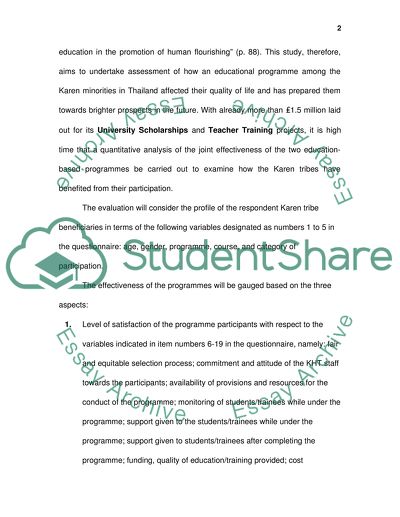Cite this document
(Effectiveness of the Karen Hilltribes Trusts Education Case Study - 1, n.d.)
Effectiveness of the Karen Hilltribes Trusts Education Case Study - 1. Retrieved from https://studentshare.org/education/1563603-data-management
Effectiveness of the Karen Hilltribes Trusts Education Case Study - 1. Retrieved from https://studentshare.org/education/1563603-data-management
(Effectiveness of the Karen Hilltribes Trusts Education Case Study - 1)
Effectiveness of the Karen Hilltribes Trusts Education Case Study - 1. https://studentshare.org/education/1563603-data-management.
Effectiveness of the Karen Hilltribes Trusts Education Case Study - 1. https://studentshare.org/education/1563603-data-management.
“Effectiveness of the Karen Hilltribes Trusts Education Case Study - 1”. https://studentshare.org/education/1563603-data-management.


